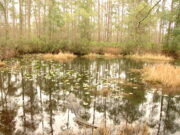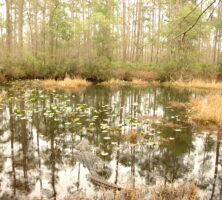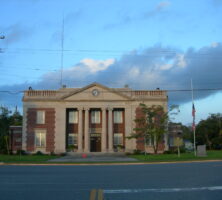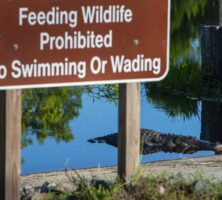Charlton County, in southeast Georgia, is the state’s 111th county. Comprising 781 square miles, the county borders Florida and includes most of the Okefenokee Swamp.
It was carved from a part of Camden County and officially recognized by the state legislature in 1854. Portions of Ware County were added to Charlton in 1855. Charlton County was named for Robert Milledge Charlton, a nineteenth-century jurist, U.S. senator, and mayor of Savannah. The current courthouse was built in 1928 and placed on the National Register of Historic Places in 1980. The area was originally inhabited by Creek Indians, and the first white settlers came from neighboring counties in Florida, North Carolina, and South Carolina.
Folkston, the county seat of Charlton since 1901, became the focal point for transportation after the arrival of railroads in the 1880s and grew to become the county’s largest city by the end of the nineteenth century. Named after William Brandon Folks of Waycross, Folkston was not officially incorporated until 1911. For many years it was the major stopping point for railroad passengers traveling between Florida and points north, giving rise to a number of fine hotels around the train depot. The depot has today been restored, and it now houses the Okefenokee Chamber of Commerce and the Folkston–Charlton County Development Authority.
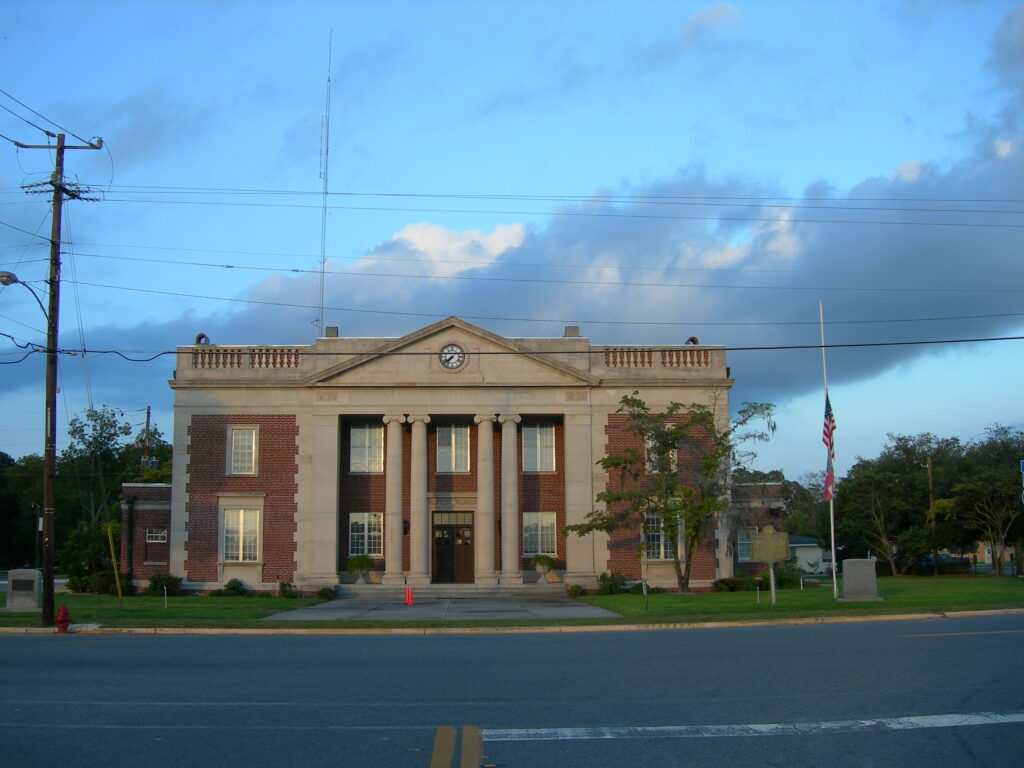
The major attraction in the county is the Okefenokee Swamp. Floyds Island Hammock (also known as the Hebard Cabin) in the swamp is the site of a cabin used by naturalists and writers in the 1930s. Folkston Train Depot and the “Folkston Funnel” Train Viewing Platform have been restored, allowing railroad fans to see as many as sixty trains go by within one twenty-four-hour period. Old Folkston Grammar School, built in 1926 and recently renovated, is now the home of the Okefenokee Education and Research Center. Sponsored by the City of Folkston and the Georgia Wildlife Federation, the center includes a 2,700-square-foot exhibit area and the Okefenokee Heritage Garden, representing four local habitats. The William Mizell House, on four acres of “urban forest,” is a two-story wood-frame house with a greenhouse and pavilion and is included on the National Register of Historic Places. Located on Route 2, Sardis Church, built around 1821, is the oldest church in the county.
More than 98 percent of the county’s land is forest, making it the most timbered of Georgia’s counties. Rich titanium deposits lie between Charlton and neighboring Ware County, much of it bordering the Okefenokee National Wildlife Refuge. In 1997 concerned county residents protested the DuPont Company’s plan for a titanium strip mine, resulting in the company’s eventual donation of 16,000 acres to the people of Georgia—the largest land preservation gift in Georgia history.
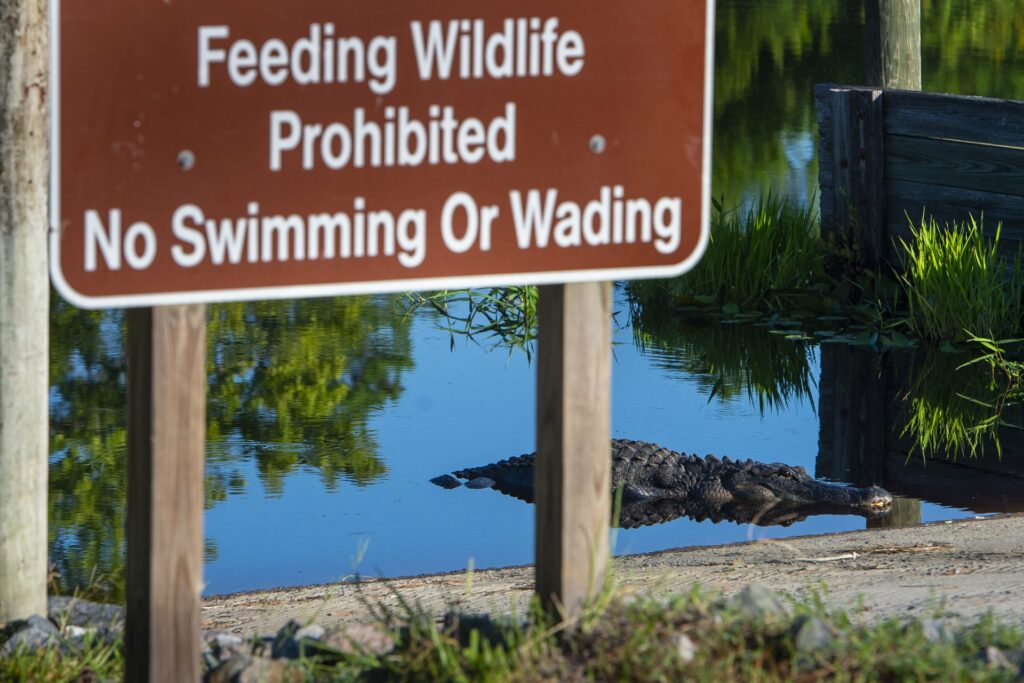
Annual events include Sandhill Crane Awareness Day, Wings over the Swamp, National Wildlife Week and Earth Day Art Festival, the Okefenokee Festival, the Folkston RailWatch, the Cherokee of Georgia Council Spring Pow Wow, and the Mizell House Gala.
According to the 2020 U.S. census, the county population is 12,518.


